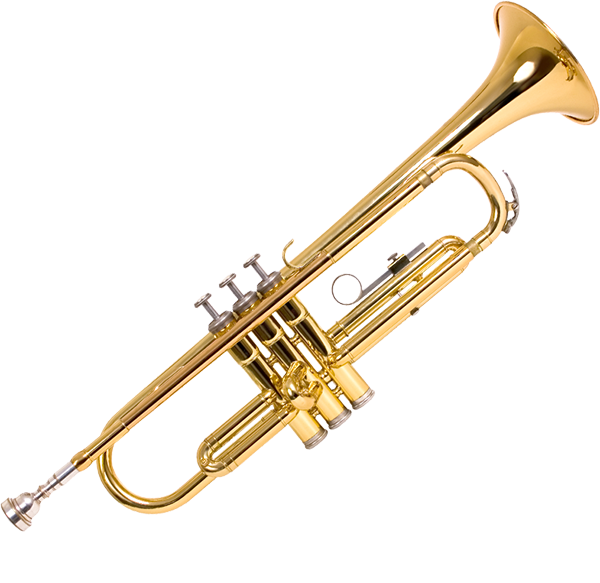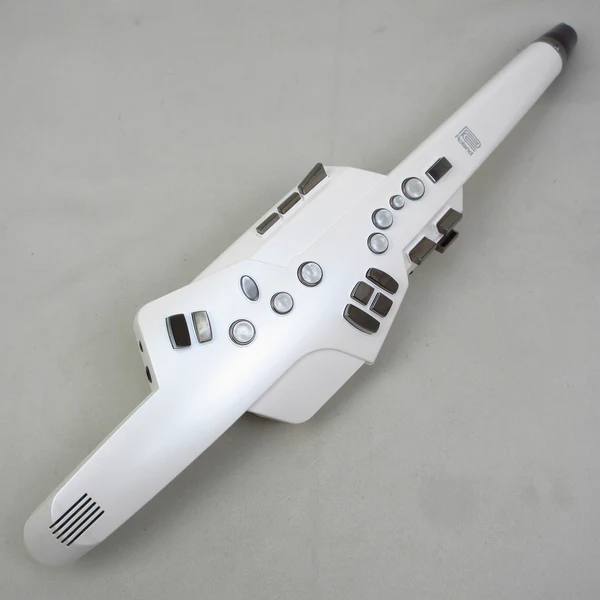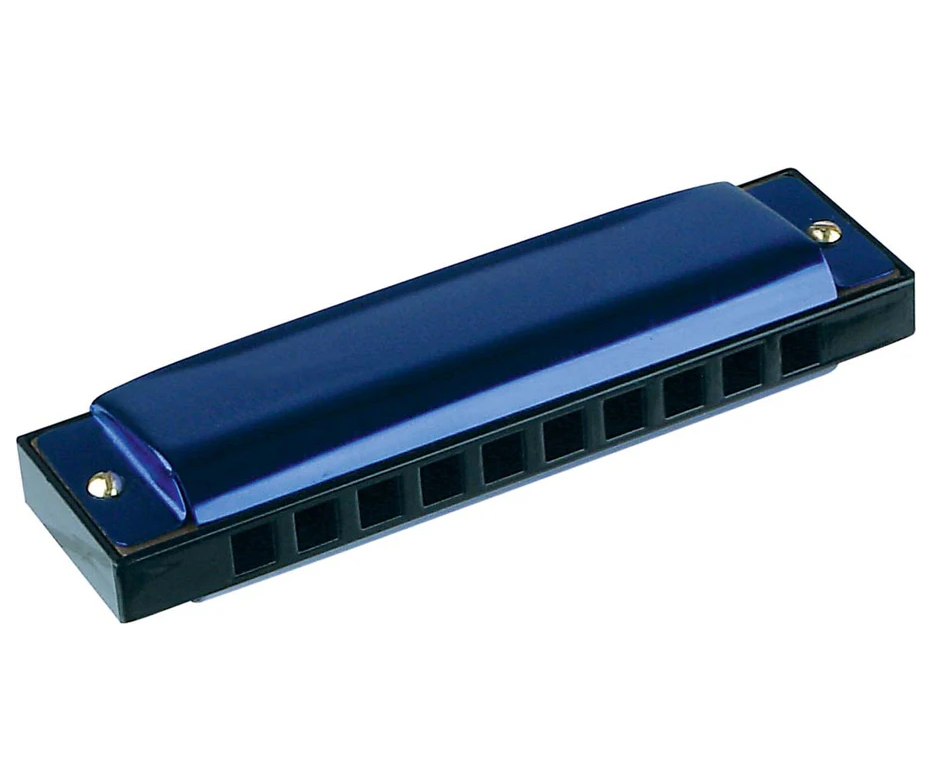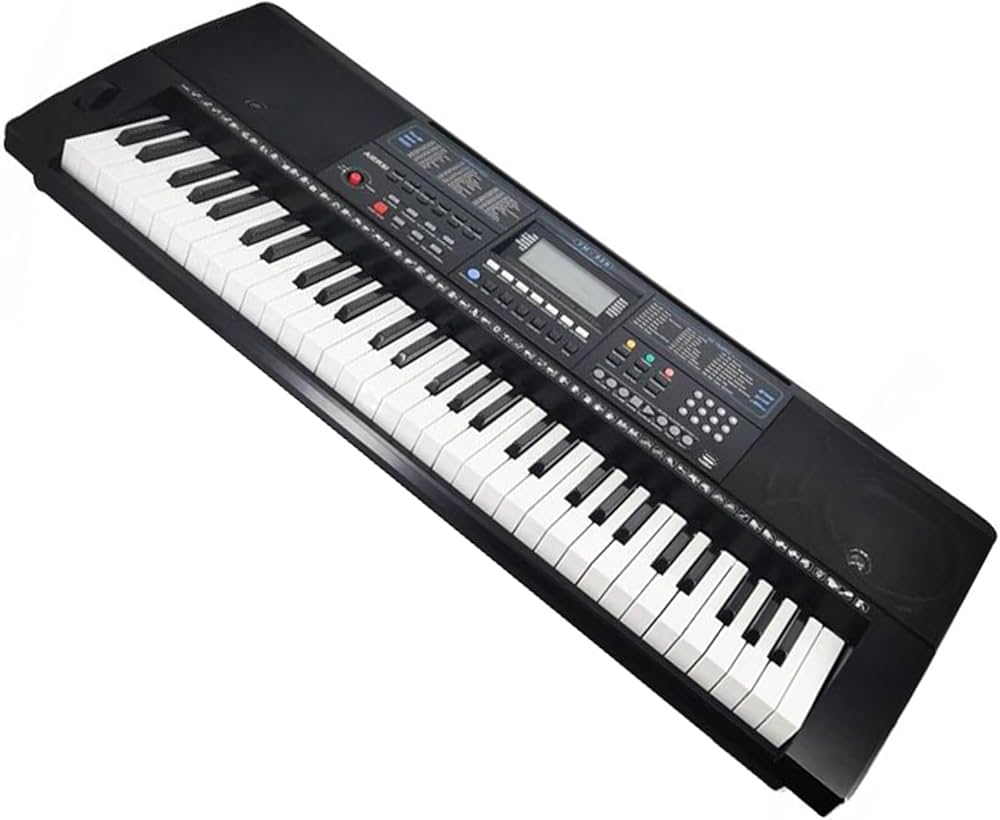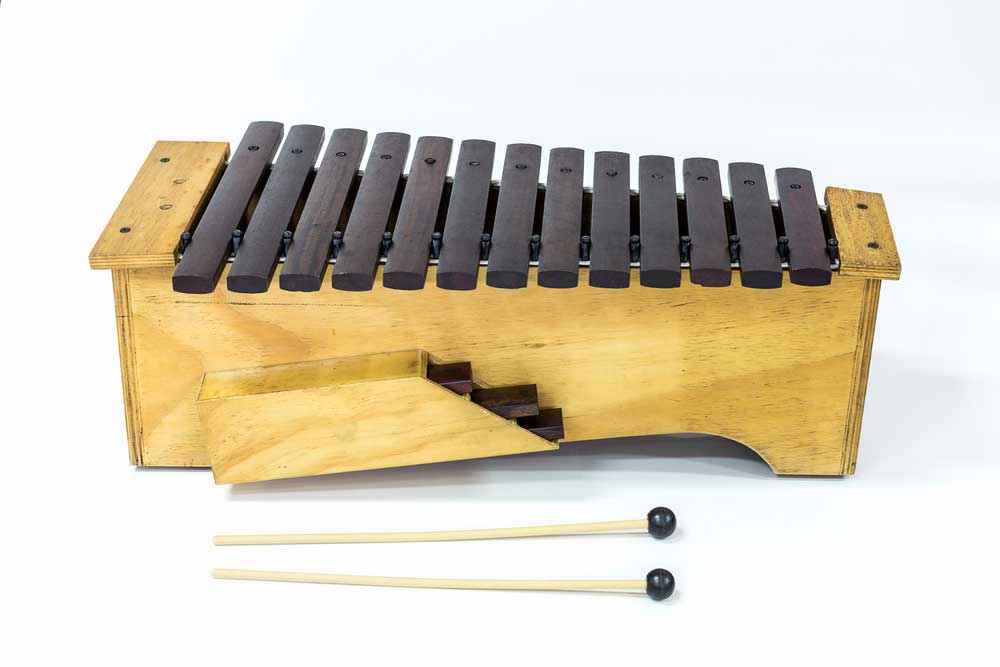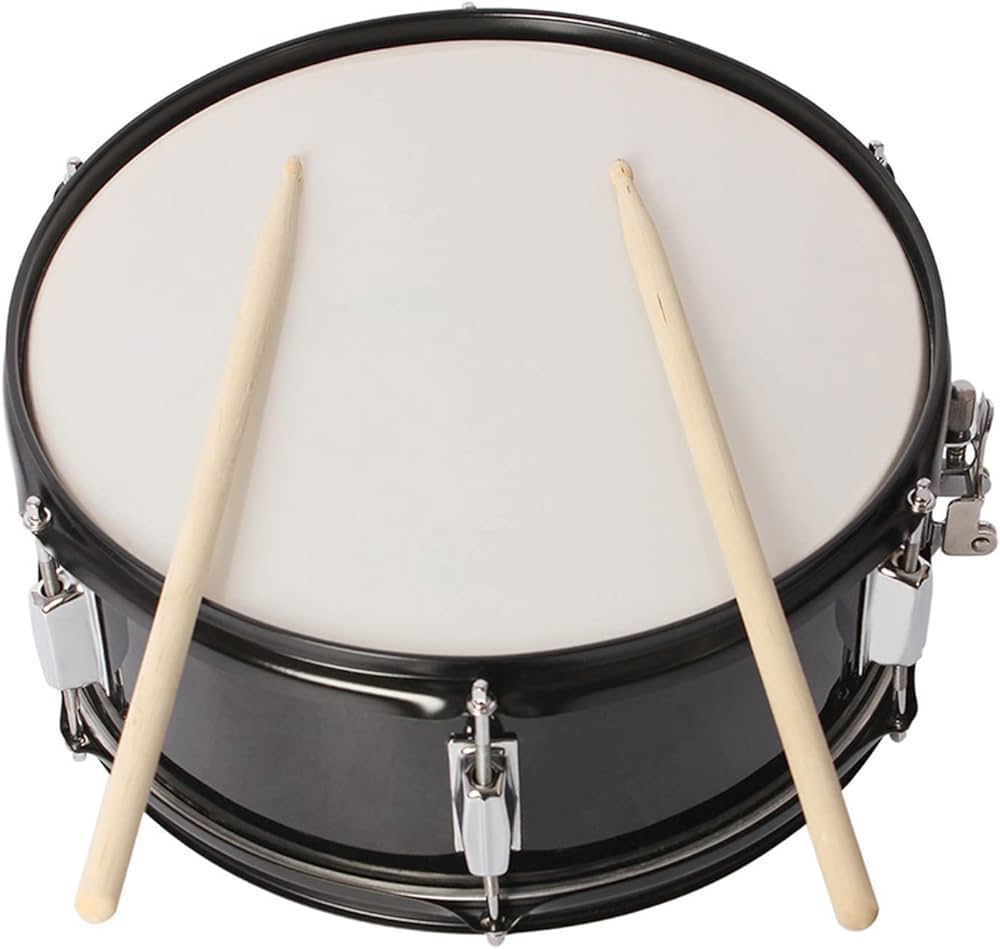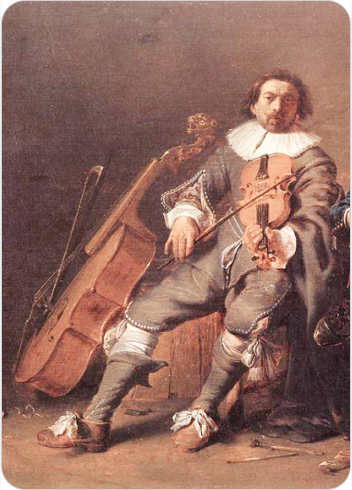Bugarija
Plucked Instruments
Europe
Between 1001 and 1900 AD
The bugarija is a traditional stringed instrument commonly used in Croatian folk music, particularly in tamburica ensembles. It serves as a rhythmic and harmonic accompaniment instrument, providing the necessary chordal structure to support melodies played by other tamburica family members. The bugarija has a flat-backed body, similar in shape to a guitar, and features a long neck with a fretted fingerboard. It is strung with metal strings and is played with a plectrum to produce a bright, percussive sound that enhances the rhythm and drive of the ensemble.
The bugarija belongs to the chordophone family, as it produces sound through vibrating strings stretched over a resonating body. It is a plucked instrument, played with a plectrum, and closely resembles a hybrid between a guitar and a mandolin. Although it does not typically play melodic lines, it is essential for providing rhythmic and harmonic support in traditional and contemporary tamburica music. The instrument can be acoustic or electrified, depending on performance needs.
Origins and History
The bugarija originates from Central and Southeastern Europe, particularly in Croatia, where it became an integral part of tamburica music in the 19th century. Its design and function were influenced by earlier European stringed instruments, such as the guitar and the lute, as well as Middle Eastern instruments brought through trade and migration. The instrument developed alongside other tamburica family members, forming a vital component of Croatian folk music traditions. Over time, it spread to neighboring countries, where variations of the instrument are still played today in folk and traditional music settings.
The bugarija became popular in the 19th century, when tamburica ensembles gained prominence in Croatian communities. These ensembles were essential in folk dances, village gatherings, and celebrations, where they provided rhythm and accompaniment for singers and solo instrumentalists. The instrument remains a key component of traditional Croatian kolo dances and regional folk songs.
Structure and Design of the Bugarija
Body and Materials
The bugarija is similar in construction to a guitar but has distinct differences in shape, size, and tuning. The materials commonly used in its construction include Spruce or cedar for the soundboard, producing a warm, resonant tone. Maple or mahogany for the back and sides, enhancing durability and depth of sound. Rosewood or ebony for the fingerboard, ensuring smooth playability and longevity.
Neck and Fingerboard
The neck of the bugarija is longer and slightly narrower than that of a traditional guitar, allowing for easy chord changes. The fingerboard is typically fitted with metal frets, ensuring accurate intonation across the entire scale.
Strings and Tuning
The bugarija usually has four to five courses of paired strings, which are tuned in a way that facilitates rhythmic strumming rather than melodic playing. The standard tuning for the instrument is:
G-D-A-D or A-D-G-C, depending on the regional variations and ensemble preferences. This tuning allows the bugarija to provide a steady, percussive rhythm, supporting the more melodic tamburica instruments.
Playing Style and Techniques
Musicians play the bugarija with a plectrum (pick), producing a strong and rhythmic accompaniment. The most common techniques include:
- Strumming patterns, which provide the harmonic foundation for ensemble pieces.
- Palm muting, to create dynamic rhythmic accents.
- Chord progressions, which shape the harmonic movement of the music.
Types of Bugarija
While the general structure of the bugarija remains consistent, variations exist based on size, tuning, and regional playing styles. Some models have a slightly larger body for enhanced resonance, while others are more compact for easier handling. Modern versions may feature built-in electronic pickups for amplified performances. Custom-built bugarijas often include decorative inlays and unique craftsmanship to reflect personal or regional artistic influences.
Playing Techniques and Sound Modifications
The bugarija is primarily played with a plectrum, allowing for rhythmic strumming and chordal accompaniment. Key playing techniques include:
Various rhythmic patterns are used to complement the melody instruments. Muted Strumming partially damping the strings to create a percussive effect. Accentuating off-beats to add rhythmic interest. Dynamic Control varying the intensity of strumming for expressive phrasing. Amplified versions of the bugarija can be modified using equalization, reverb, and other effects to enhance its sound in modern musical settings.
Applications in Music
The bugarija is primarily used in tamburica orchestras, where it plays a crucial role in maintaining rhythm and harmony. It is also featured in Croatian folk dances and celebrations, where it supports traditional vocal performances. In addition to folk music, the bugarija has found a place in world music and fusion projects, blending traditional sounds with contemporary genres such as jazz, pop, and rock. Some musicians incorporate the instrument into experimental music, utilizing its percussive strumming to add unique textures.
Cultural Significance
The bugarija holds deep cultural significance in Croatia and other Balkan regions, symbolizing national and regional identity through its role in folk music. It has been played for centuries in village celebrations, weddings, and festivals, reinforcing a sense of community and heritage. Tamburica ensembles, featuring the bugarija, have been instrumental in preserving Croatian musical traditions and promoting them on an international level. The instrument’s role in storytelling and dance accompaniment highlights its importance beyond music, connecting generations through shared traditions and performances.
Maintenance and Care
Proper maintenance ensures the longevity and optimal performance of the bugarija. Key aspects of care include:
String Maintenance: Regularly replacing strings to maintain clarity and brightness.
Cleaning: Wiping down the instrument after playing to prevent buildup of dirt and oils.
Storage: Keeping the bugarija in a stable environment to avoid warping and cracking.
Fretboard Care: Conditioning the fingerboard periodically to preserve its integrity.
Bridge and Tuning Peg Adjustments: Ensuring stability for accurate tuning.
For electric versions, checking electronic components such as pickups and cables is essential for reliable performance.
The bugarija offers several advantages, including its essential role in folk music ensembles, its bright and rhythmic sound, and its ability to support melodies harmonically. Its versatility in both traditional and contemporary music settings makes it a valuable instrument. However, it also presents some challenges, such as:
Despite these challenges, the bugarija remains an integral part of Croatian and Balkan musical heritage. Whether played in traditional settings or adapted for modern music, it continues to be a cherished instrument that preserves cultural identity and artistic expression.
FAQ
What materials are used to make the Bugarija?
The Bugarija is typically made from high-quality tonewoods such as maple, spruce, and mahogany. The soundboard is often spruce for better resonance, while the back and sides are made from maple or mahogany for durability. The fretboard is usually constructed from rosewood for smooth playability.
How is the Bugarija played?
The Bugarija is primarily played using a pick, strumming rhythmic chords to provide harmonic support. It does not play melodies but serves as an accompaniment instrument in tamburitza ensembles. Players use downstrokes and syncopated strumming patterns to enhance the rhythmic foundation.
What are the advantages of playing the Bugarija?
The Bugarija provides a strong rhythmic base, making it essential in tamburitza music. It is easy to learn compared to melodic instruments, making it accessible to beginners. Its bright, percussive sound adds richness and depth to ensemble performances.
 Links
Links
References
Other Instrument
Categories

